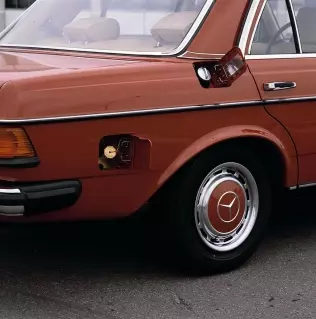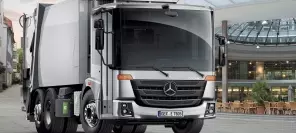- Main page
- Search
- Up to date
- Products
- Technology
- Vehicles
- Video
- Conversion Payback Simulator
Port Injection - Conversion Payback Simulator
Direct Injection - Conversion Payback Simulator
Diesel - Newsletter
Mercedes W123 LPG - unfinished business
 loading results...
loading results...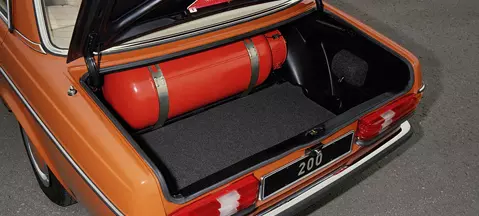 © Mercedes
© Mercedes 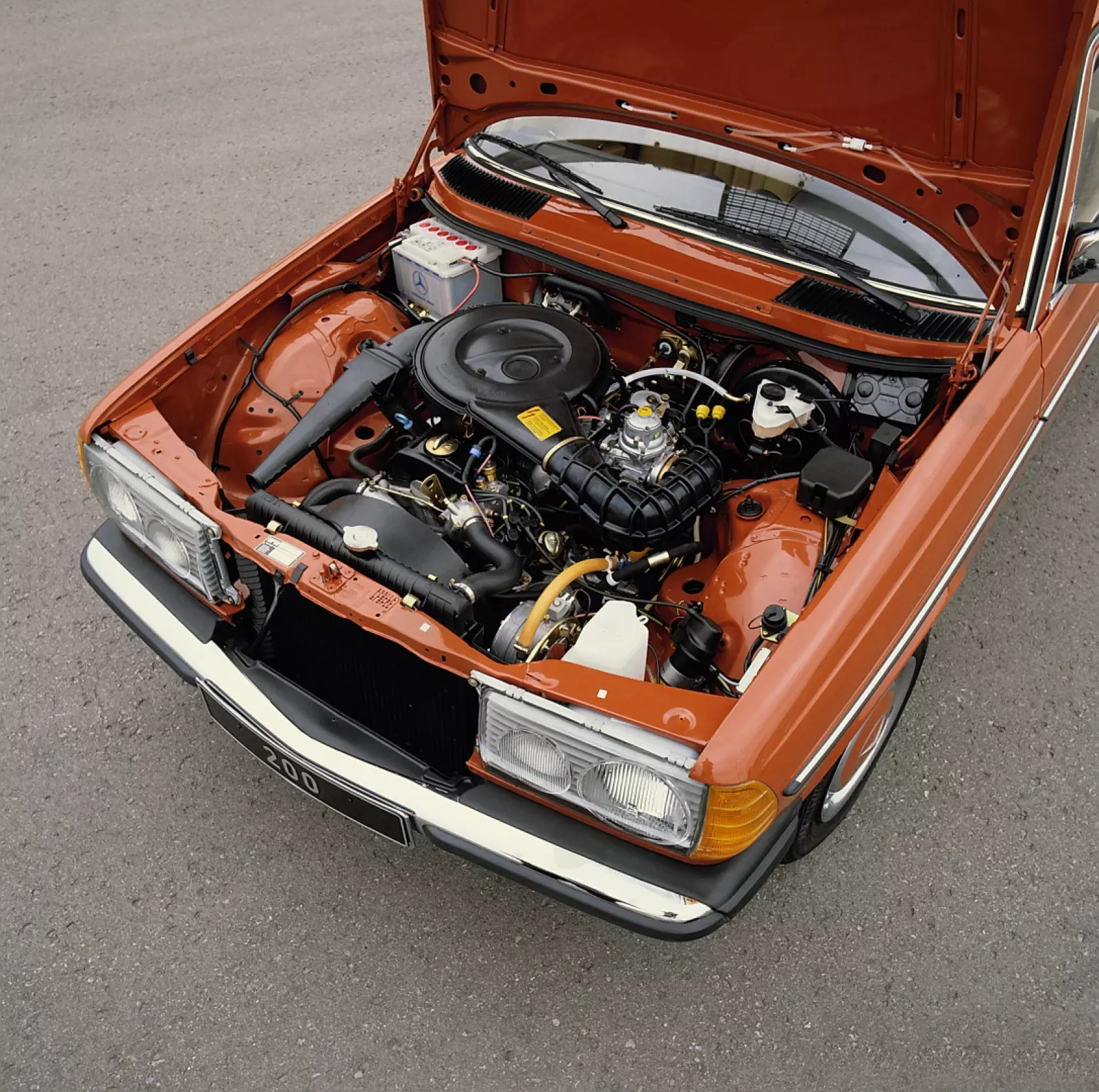 The reducer used on the experimental Mercedes 200 LPG was a Vialle product, but the rest remains a mystery
The reducer used on the experimental Mercedes 200 LPG was a Vialle product, but the rest remains a mystery 

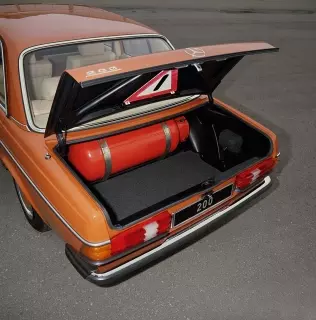 © MercedesMany such cars were retrofitted with LPG systems, but this particular example is exceptional
© MercedesMany such cars were retrofitted with LPG systems, but this particular example is exceptionalMercedes has been searching for alternative ways to fuel its vehicles for years, trying to minimise its vehicles' impact on the environment. Back in the 1960's and '70s the brand experimented with all sorts of propulsions: electric, methane, alcohol and even initial attempts at hydrogen were being taken. Obviously, LPG-powered vehicles were also tested. At first they were utility rather than passenger vehicles (like the LPKO 1113 refuse truck or the OG 305 bus, first converted to run on CNG and later to LPG), yet in the early '80s one of the most successful passenger Mercs ever was also considered for production as an LPG car – the W123, in this case an example of the 200 model.
The 200 was the entry level version of the W123 series, at least on the petrol side of power. Its M102 carbureted engine had a displacement of precisely 1997 cm3 (bore: 89 mm, stroke: 80,25 mm) and generated 80 kW/109 PS of power, which was perfectly enough back in the day (or actually even too much as the diesel counterpart, the 200D, offered as little as 60 PS!). As far as power after conversion goes, no data is available and no people involved in the process can be traced today, but we expect a mixer mounted in the engine's intake system did reduce the unit's output. By how much? We won't venture a guess, but given the conversion was engineered by pretty much the same people who had built the W123 (one of the most durable cars ever made), we assume the 200 must have remained quite agile in LPG mode, too.
Little is known about the components used for the conversion of the E-Class forerunner (other than the fact that a Vialle reducer was used). However, available photos display some of the solutions used. For example, the LPG refueling valve – it was placed under a flap, but not the one covering the petrol filler. It had a separate flap located lower and more towards the rear of the vehicle, right behind the rear wheelarch. The autogas tank on the other hand is a large cylinder painted red, but with a clearly visible flange. This may suggest it's not a canister designed specifically for automotove use, but an industrial bottle. And it probably shouldn't be really surprising – the car was an experimental prototype, so even despite typically German attention to detail, developing a proper LPG tank was apparently not a priority. A more suitable canister would have been prepared if the car had been greenlighted for production.
Sadly, it never was. Perhaps Mercedes bosses came to the conclusion that a car running on two fuels (with the driver switching between one and the other) is a complication from an everyday use point of view. After all, since the brand has always been a premium one, not all kinds of compromise are acceptable and possible. Maybe someone thought power loss eliminates LPG as fuel for a Merc or maybe even then, over 30 years ago, autogas was already considered a "poor man's fuel”? We can only guess and yet it's a pity the endeavour came to nought – if a brand as renowned as Mercedes had blazed the trail and set an example, perhaps others would have followed earlier and more eagerly. But there's a silver lining – Mercedes may still return to the idea of building an autogas-powered car one of these days...
Zobacz stronę producenta:
VialleYou may also find these interesting:
 loading results...
loading results...
